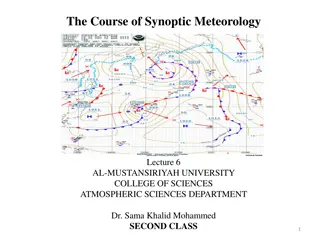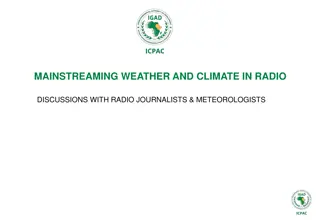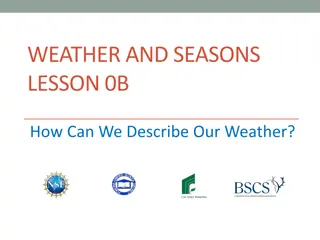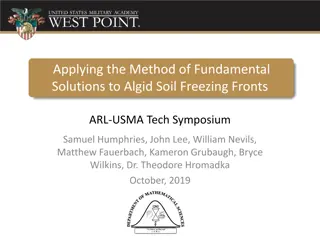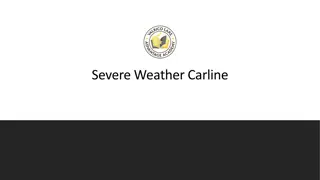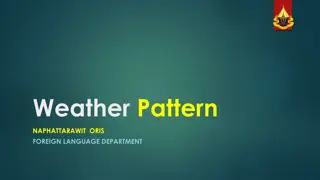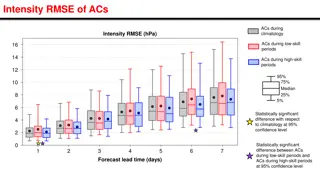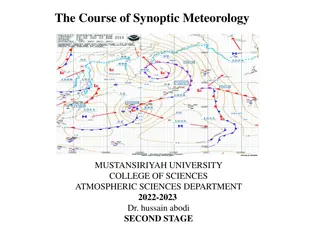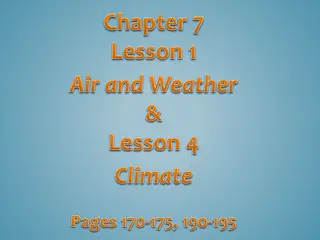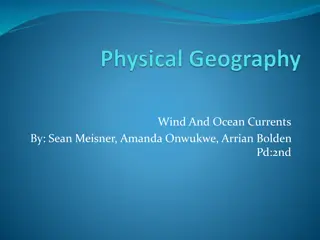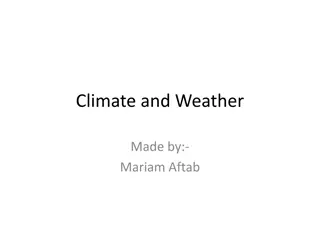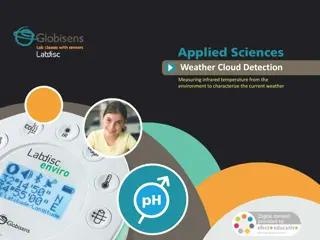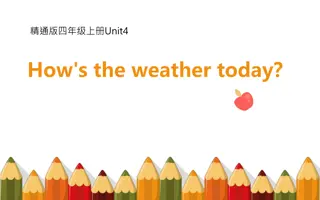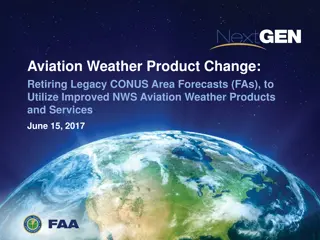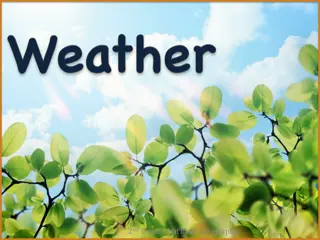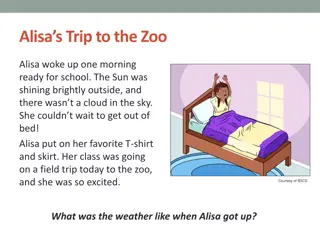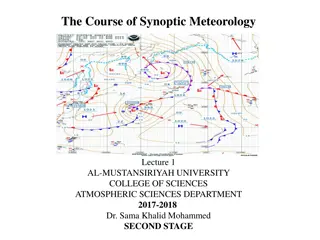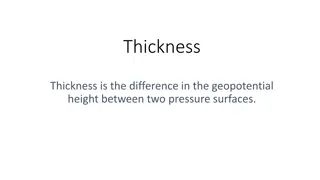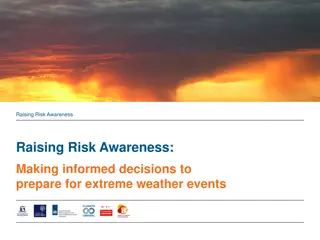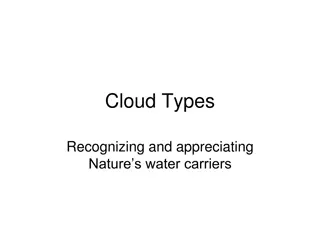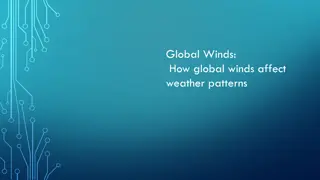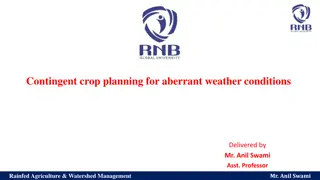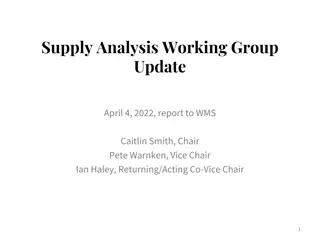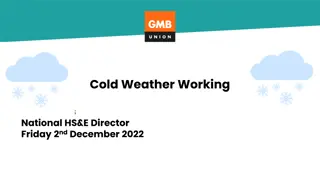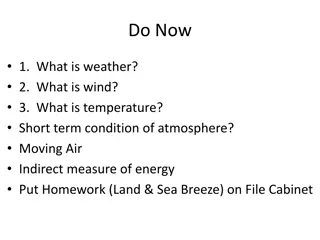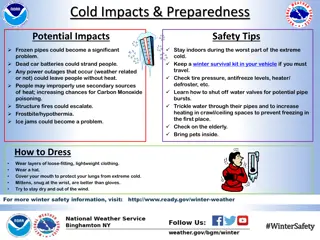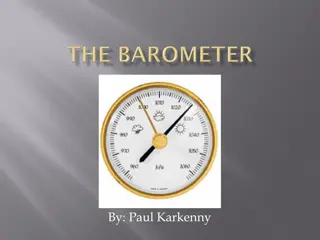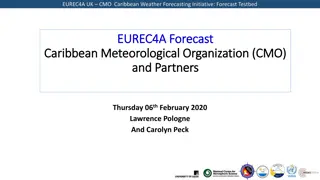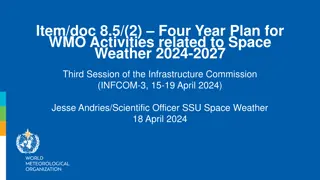Understanding Weather Fronts and Their Impact
Explore the dynamics of air masses, temperature variations, and front interactions in weather systems. Learn how cold and warm air masses converge to create different types of fronts, affecting weather patterns. Discover the role of density and temperature in the movement of air masses, and how these factors influence cloud formation and precipitation.
Uploaded on Sep 17, 2024 | 0 Views
Download Presentation

Please find below an Image/Link to download the presentation.
The content on the website is provided AS IS for your information and personal use only. It may not be sold, licensed, or shared on other websites without obtaining consent from the author. Download presentation by click this link. If you encounter any issues during the download, it is possible that the publisher has removed the file from their server.
E N D
Presentation Transcript
Lesson 55: Front and Center Density, Temperature, and Fronts
ChemCatalyst Large air masses form over different regions of land and ocean. These air masses have a consistent temperature and moisture content. 1. What patterns do you notice in the temperatures and moisture content of the air masses shown on the map? 2. Why do you think clouds form when the Continental Polar air mass collides with the Maritime Tropical air mass? 3. Use the concept of density to explain why warm air in the Maritime Tropical air mass rises, while cold air in the Continental Polar air mass descends.
Key Question How do weather fronts affect the weather?
You will be able to: explain the roles of temperature and density in the movement of cold and warm air masses describe the weather patterns associated with warm fronts and cold fronts
Prepare for the Activity Work in groups of four.
Prepare for the Activity (cont.) A cold front forms when a cold air mass catches up with a warm air mass, while a warm front forms when a warm air mass catches up with a cold air mass.
Discussion Notes Fronts occur between the boundaries of warm and cold air masses. Warm and cold air masses have different densities.
Discussion Notes (cont.) In a cold front, cold air overtakes warm air.
Discussion Notes (cont.) In a warm front, warm air overtakes cold air.
Discussion Notes (cont.) The weather associated with cold and warm fronts differs. Interactions among the temperature, volume, and density of air masses contribute significantly to the formation of weather.
Wrap Up How do weather fronts affect the weather? Fronts form where air masses overtake each other. Storms and precipitation occur at both warm fronts and cold fronts. Density differences account for the movement and layering of air masses when they meet. Temperature differences account for phase changes that occur when air masses meet, causing precipitation.
Check-In A warm front is approaching your hometown. It is one day away. What would you expect to observe in the way of weather?



